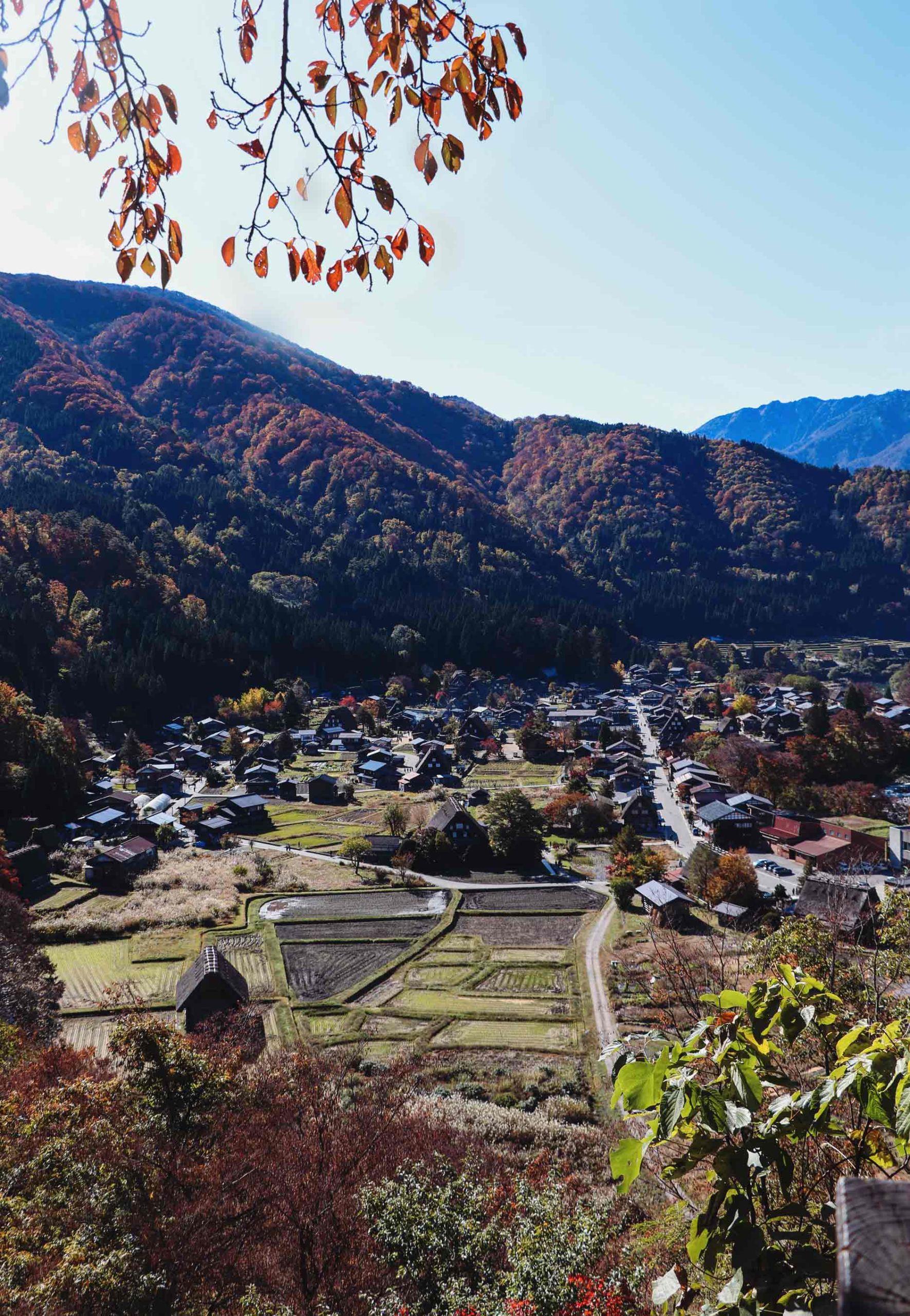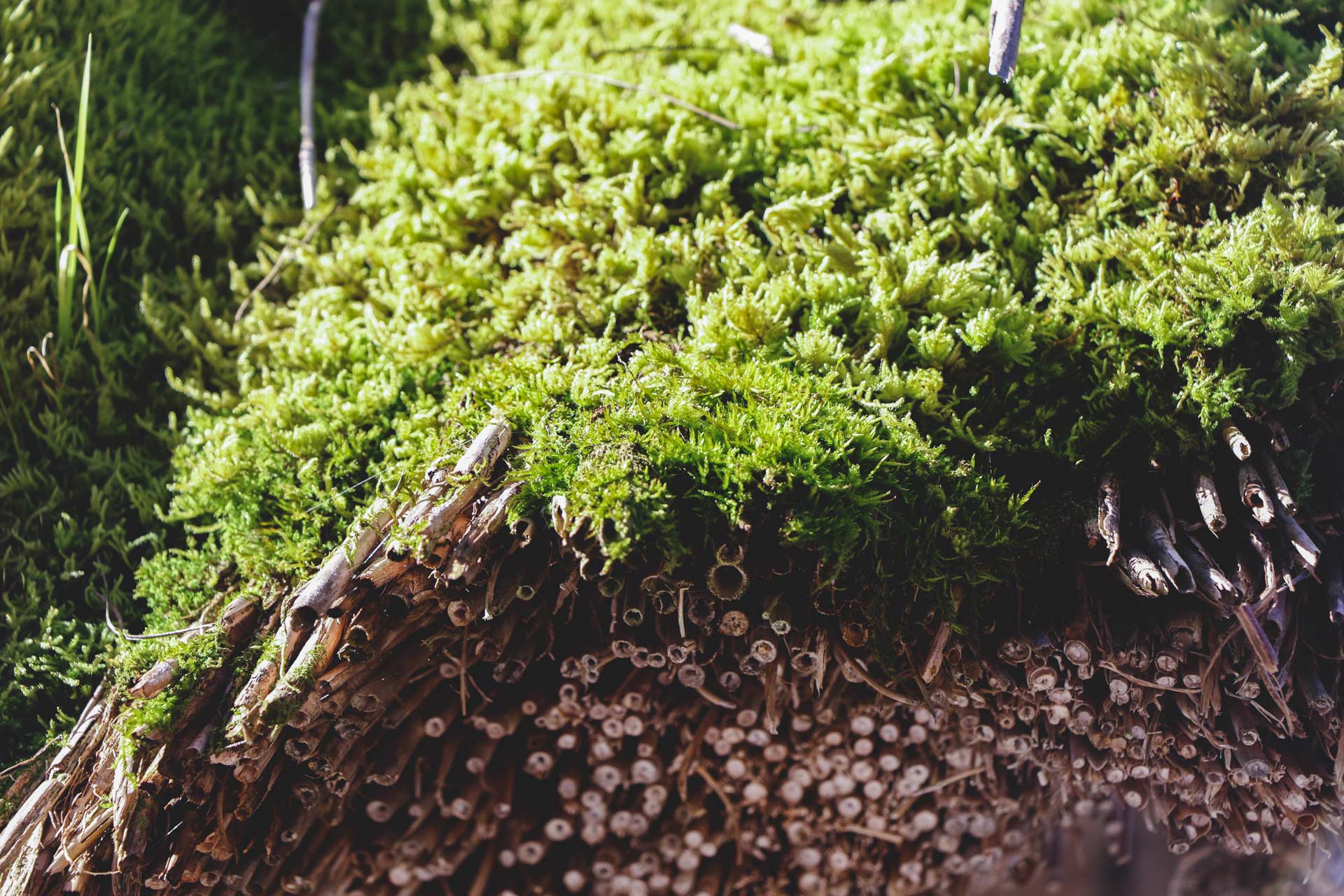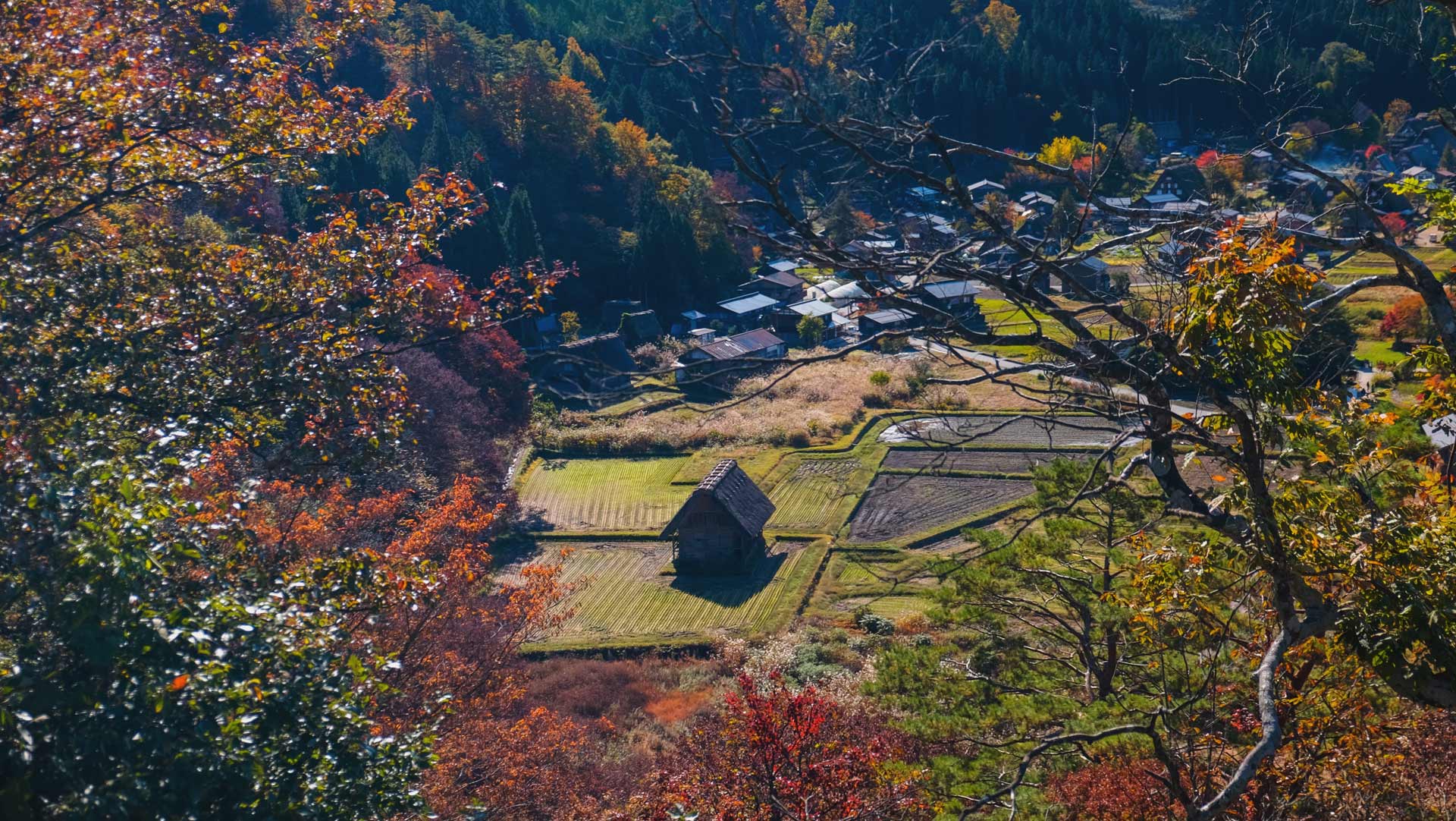Travel Day Guide to Shirakawa-go
idden deep within the forested valley of one of Japan’s three famous mountains is an idyllic folk village, whose fairy-tale scenery of clustered thatched roof houses has gained world recognition as being one of the last of its kind.
In the 8th century, the historic village of Shirakawa-go became a settlement for ascetic religious practices – people living religiously in seclusion. Many practiced mountain worshiping and climbed the nearby Mount Haku to pray as it was seen as a sacred place of worship.
As time went on, Shirakawa-go began developing its own unique style of architecture called “Gassho-zukuri” from the 1700s, the designs continued to evolve up until the early 1900s which is what we see preserved today.
Shirakawa-go’s preserved buildings have stood for over 300 years, but without any protection, the construction of dams for hydroelectric power, fire, and the selling of land caused many houses to be lost. In fact, 300 gassho style houses existed in 1924 but this had plummeted to only 190 by 1961. Fearing that all Shirakawa-go’s gassho style houses would be lost, local preservation efforts were finally recognised in 1995, when Shirakawa-go was officially listed as a UNESCO World Heritage Site.
With a stunning backdrop that changes with the seasons, Shirakawa-go preserves not only the natural scenery of the area but also the customs and traditions of daily farm life, still practiced by locals today.
What are Shirakawa-go’s Gassho-zukuri Farmhouses
Today, the Shirakawa-go area has become a major tourist hot spot for those visiting Japan due to its natural beauty and international acclaim as a UNESCO site. However, there was a time when Shirakawa-go’s existence was, for many years, cut off from the outside world.
Due to its unique geography, some call it an “unexplored region”. Shirakawa-go is remote, surrounded by mountain ranges and forests covering almost 96% of the region while only 0.4% is flat agricultural land. Combined with the mountainous terrain, heavy snowfall during the winter blocks the trails that link the village to neighbouring towns, making it an isolated island in and of itself.
The main industries fueling the village’s economy were silk and gunpowder production during the Edo era. As silkworm farming requires a significant amount of indoor space, the Gassho-zukuri (translated into praying hands) architecture evolved to accommodate this. The farmhouses are built from strong wooden beams to support the highly peaked, steeply sloped thatched roofs. Resembling two hands joined in prayer, this ideal steeped thatched roof design not only helped to deposit significant amounts of heavy snowfall during the winter but provided attic space large enough for silkworm farming and storage. The high roofing and beam structure also allowed enough light and breeze to travel through, creating perfect conditions for silkworm breeding.
The traditional essence of mountainous living that is still preserved in the villages of Shirakawa-go and Gokayama in Toyama prefecture, are the only examples of their kind today and are regarded as national treasures.
What to Do
ith its numerous historical buildings, temples, rice paddies, and stores scattered around the village, walking around Shirakawa-go is a pleasant experience while taking in the rural atmosphere. However, be warned some houses within the village are actually family homes and cannot be accessed by the public.
To avoid any awkward misunderstandings, it is best to grab a sightseeing map from the Shirakawa-go Tourist Association building before starting your adventure. Also, some of the prominent farmhouse locations will require a small entry fee to access.
After exploring what the village has to offer for ourselves, here’s our suggestions on what to do while in Shirakawa-go:
Ogimachi
he main attraction of Shirakawa-go is called Ogimachi and is the designated UNESCO world heritage site housing 190 thatched farmhouses, sheds, and barns.
Preserved as a sort of open-air museum, you can experience what traditional rural life was like over 250 years ago.
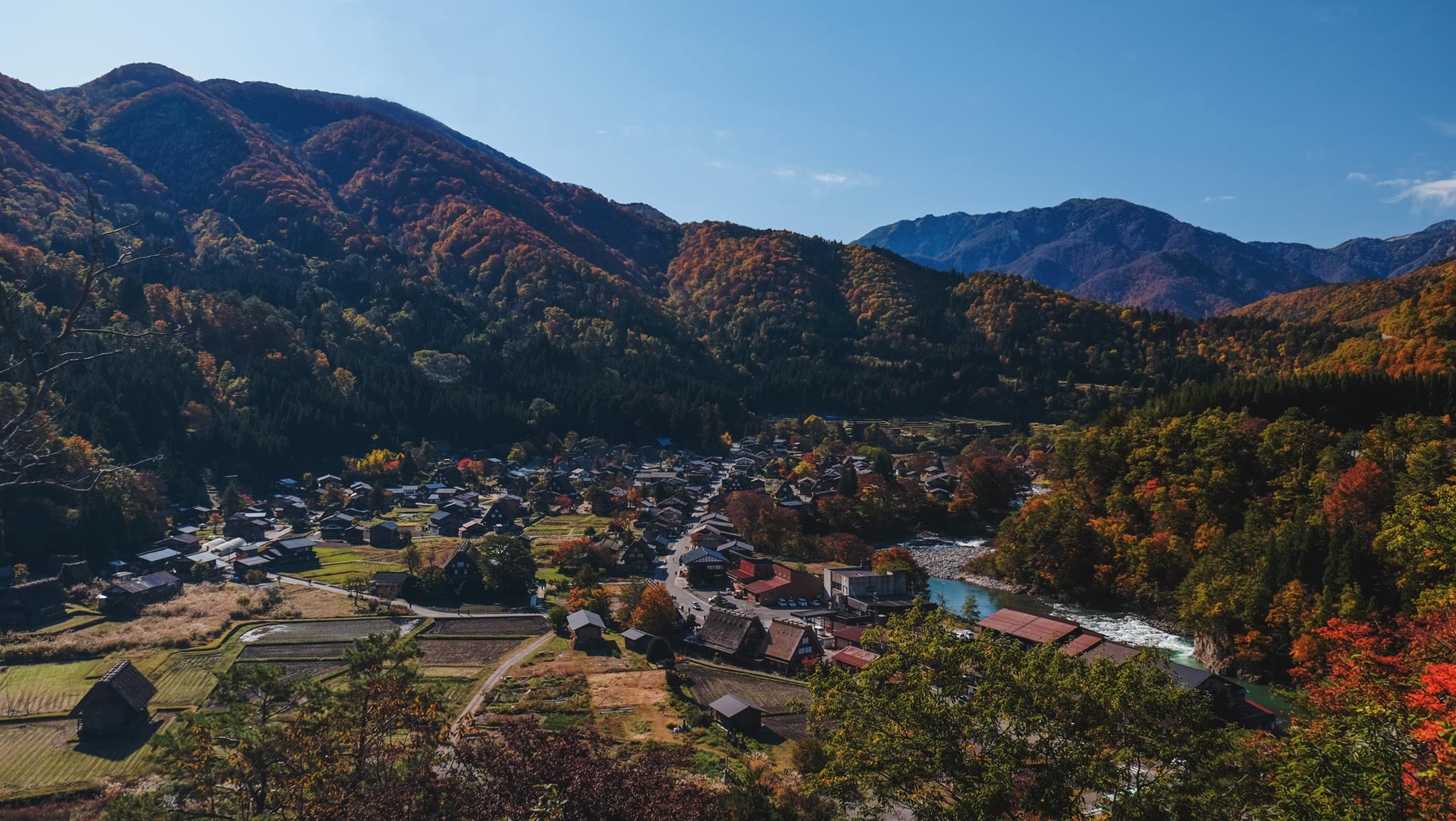
Discover Shirakawa-go’s Photo Spots
ith its picturesque natural scenery, Ogimachi and the surrounding areas of Shirakawa-go are a favourite spot for avid nature photographers and the occasional wedding photoshoot as well!
While the Ogimachi-jo Castle Ruins and Tenshukaku Observatories are the most popular and famous vantage points for photos of the village, check out our photo guide (coming soon) to find secret locations hidden within the village for the perfect photos.
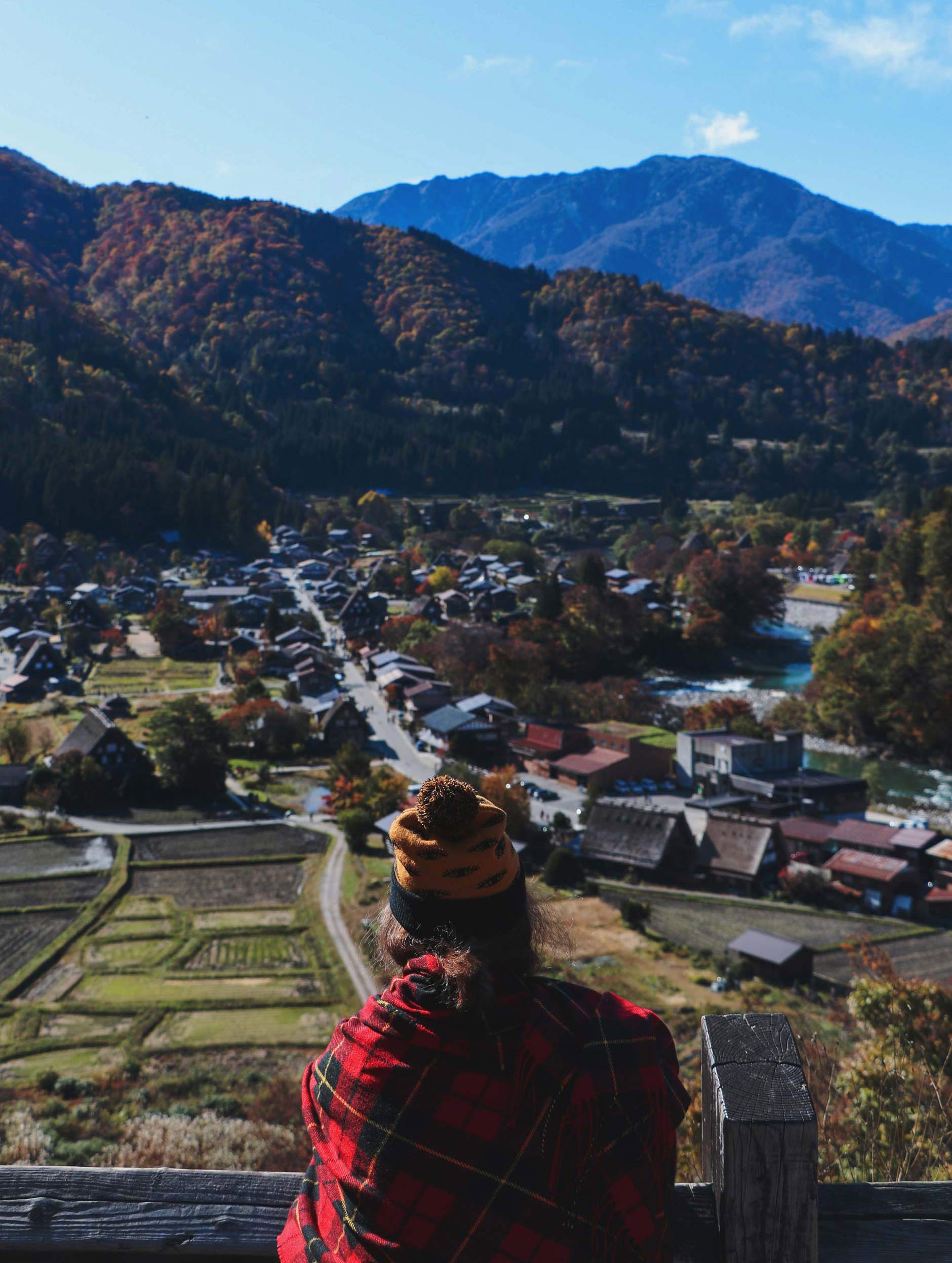
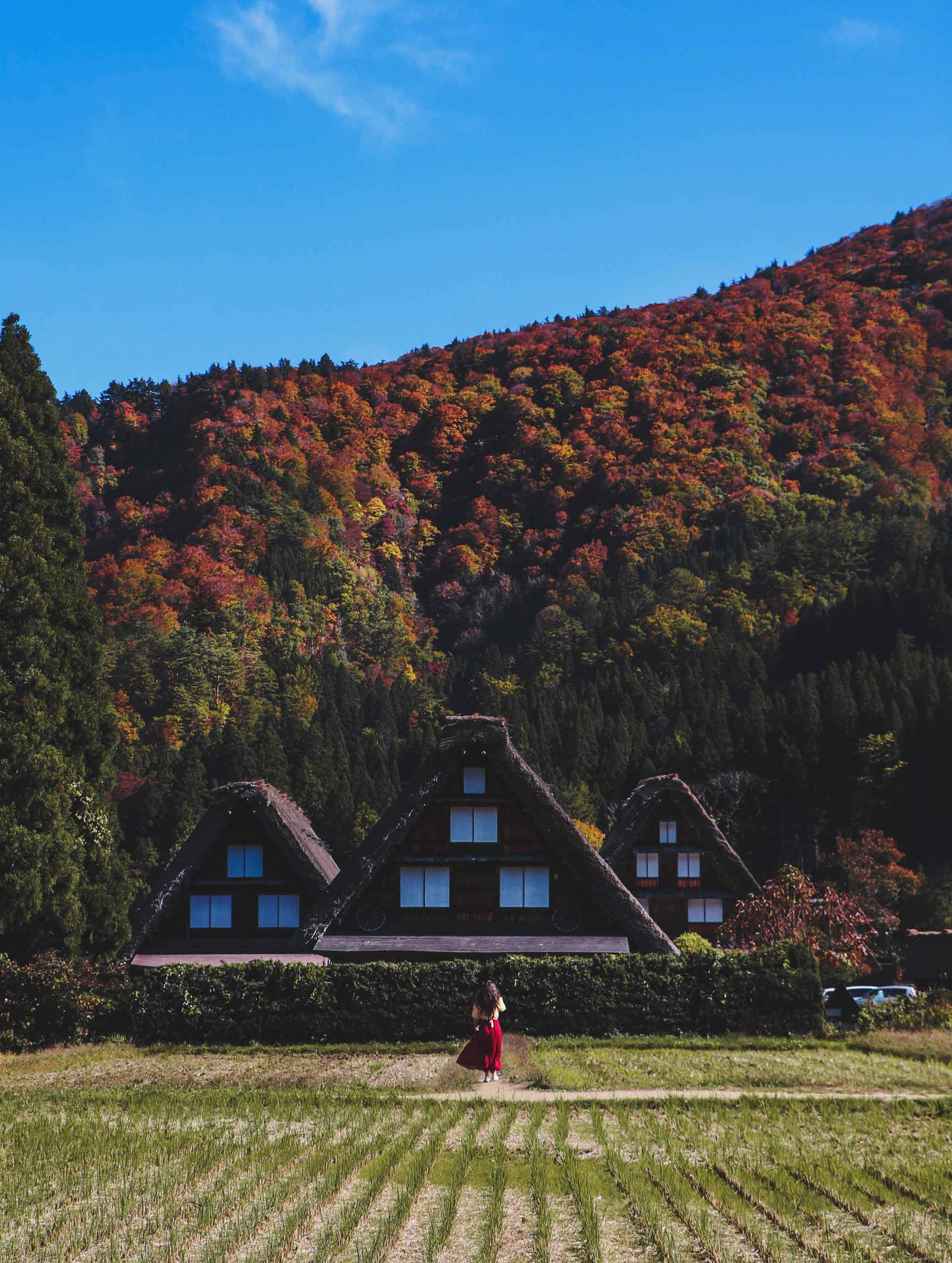
Wada House
he largest Gassho-zukuri farmhouse in the village, the Wada House is owned by the Wada family who served as guardhouse officials of the area and also traded in explosives and silk.
The house to this day still preserves its original surroundings and traditional architecture with the main house, storehouse, and outhouse considered important
cultural assets.
Inside you can see various artifacts and daily items used by the Wada family who was one of the wealthiest families and village leaders of Ogimachi. You can also see how they store, feed, and cultivate the silkworms as well.
View this post on Instagram
View this post on Instagram
The impressive scaffolding inside the Gassho-zukuri roof at Wada House.
Display of silkworm farming at Wada House.
View this post on Instagram
View this post on Instagram
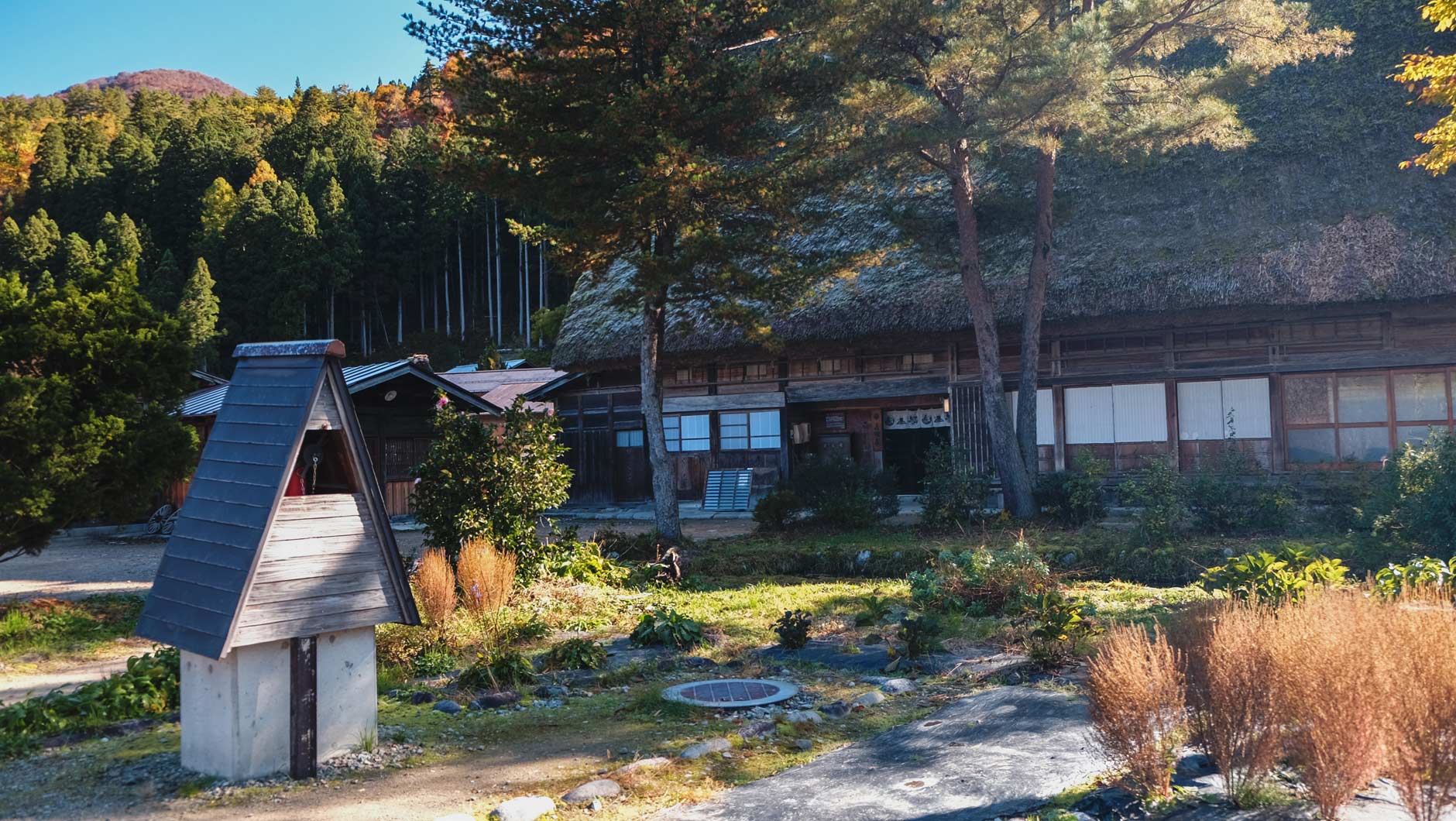
Shirakawa Kaido Street
hirakawa Kaido Street is the main street containing various souvenir shops, food stalls, and other small local businesses.
It runs through the center of the village and leads to all the main tourist attractions within Ogimachi.
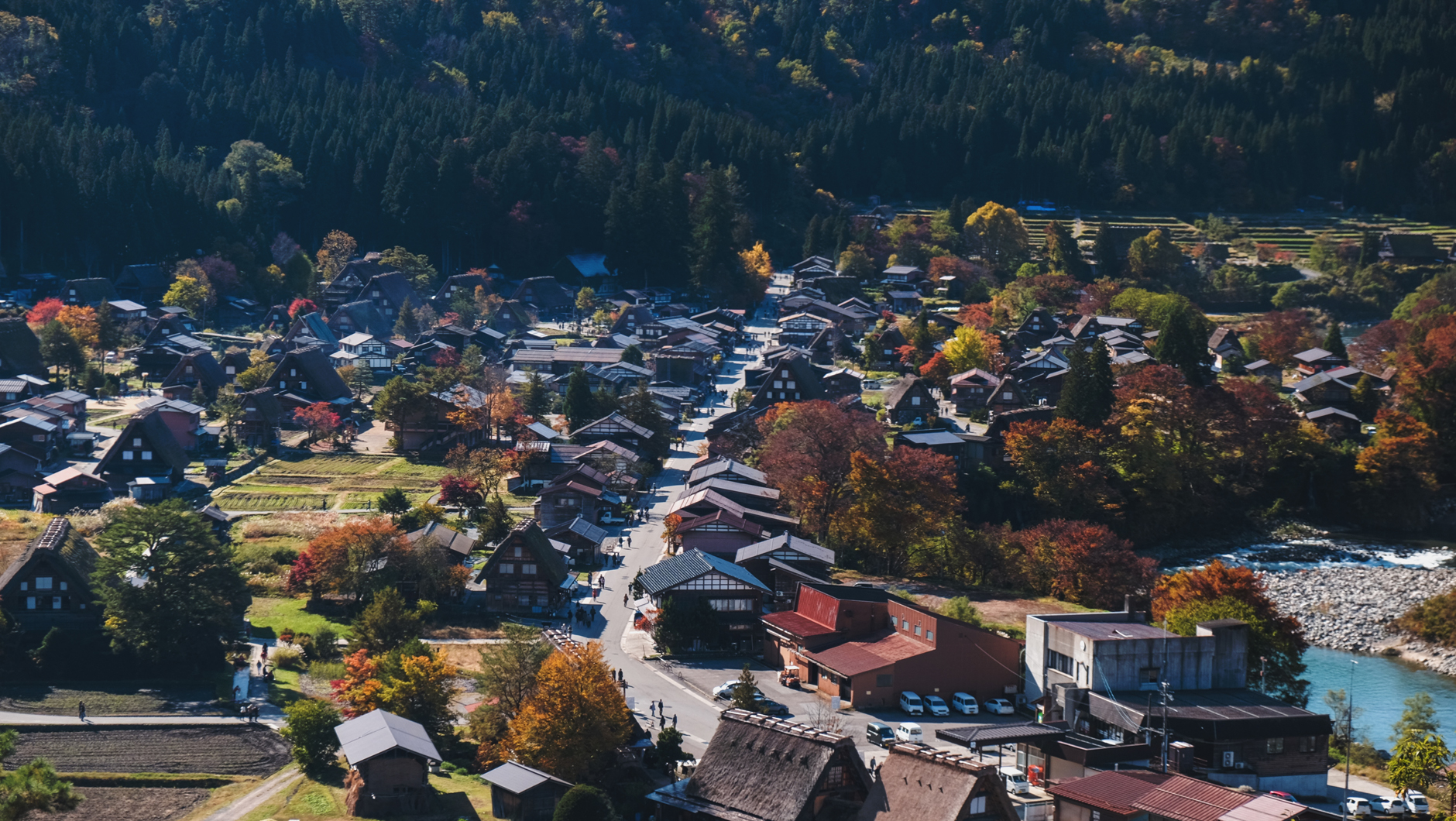
Stay in a Gassho-zukuri Farmhouse
ver wondered what it would be like to actually live in one of these impressive houses?
Wonder no more! A few of the Gassho-zukuri farmhouses in the Ogimachi area function as family-run businesses offering traditional Japanese style
lodging for those interested in experiencing an intimate stay among the rustic rural setting of Shirakawa-go.
If you would like to stay in a Gassho-zukuri style farmhouse, you can make a booking in English using the Japanese Guest Houses website.
View this post on Instagram
View this post on Instagram
Ogimachi-jo Castle Ruins and Tenshukaku Observatories
here are two observatories that give exceptional views of the village below.
The first outlook is Ogimachi-jo Castle Ruins Observatory, the former site of the medieval castle fortress bearing the same name. On the opposite side is
the Tenshukaku Observatory which was the castle’s keep.
Though you can walk fairly easily to the observatories, there is also a shuttle bus that departs from Wada House.
What to See
epending on what time of the year you visit, Shirakawa-go has many seasonal events to enjoy.
Many of these events showcase the local nature, farming traditions as well as everyday village life.
Mount Haku Opening Ceremony
hen the winter snow has officially melted and hiking is possible, trek access to Mount Haku is celebrated with a ceremony taking place around the beginning of June.
A now dormant volcano, Mount Haku is a holy mountain and is one of the “Three Holy Mountains” of Japan along with Mount Fuji. Find more information about hiking Mount Haku using this trekking guide map.
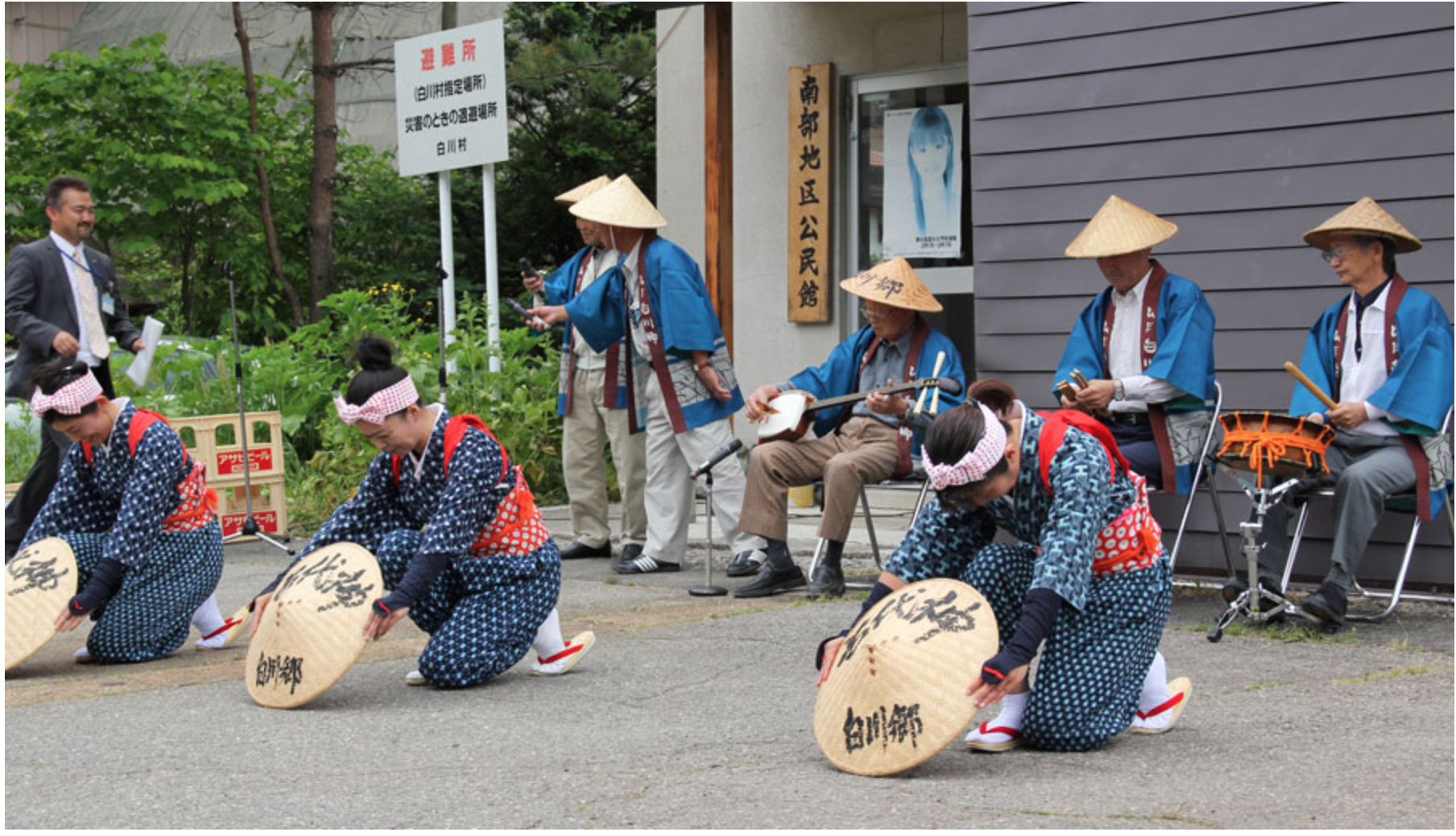
Photo Credit: Shirakawa Village Official Website
Rice Planting Festival
uring the end of May, visitors can witness the locals’ rice planting season.
During the festival, the local men and women dress in traditional farming garbs with straw hats and plant the rice seedlings by hand one-by-one while
singing traditional rice planting songs. Since the fields are filled with water, you can also see beautiful reflections of the houses making for a great photo shot.
View this post on Instagram
View this post on Instagram
Shirakawa-go Doburoku Festival
ne of the major festivals in Shirakawa-go, the Doburoku Festival celebrates the rice harvest season in autumn. Prayers are given to the mountain god by offering unrefined sake called “Doburoku” to show gratitude for the good harvest and safety within the village.
The festivities also include shishimai (lion dance) performances, folk songs and dances, entertainment, and improvised niwaka (buffoonery) while drinking Doburoku.
The Doburoku Festival begins in mid-October.
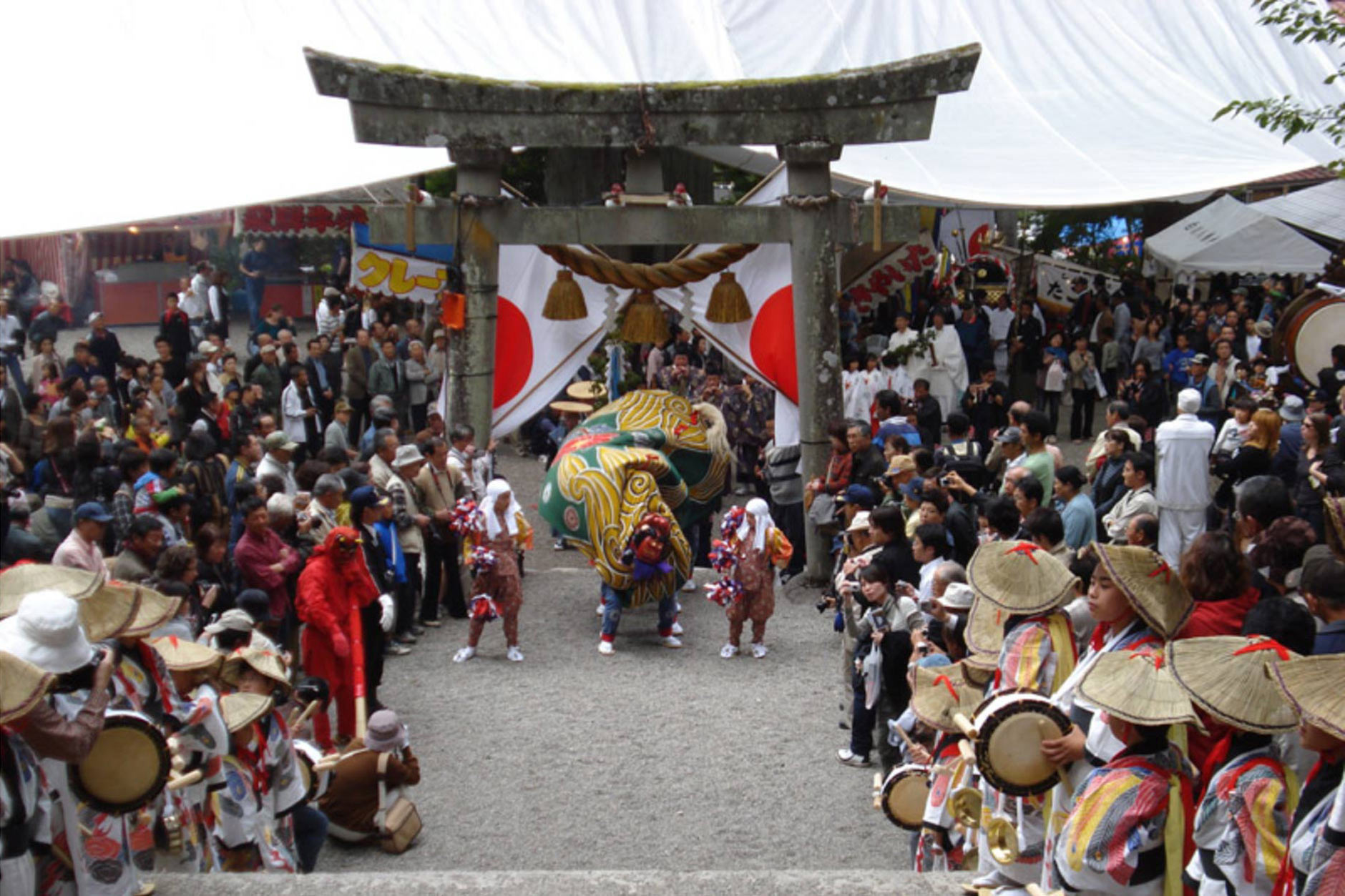
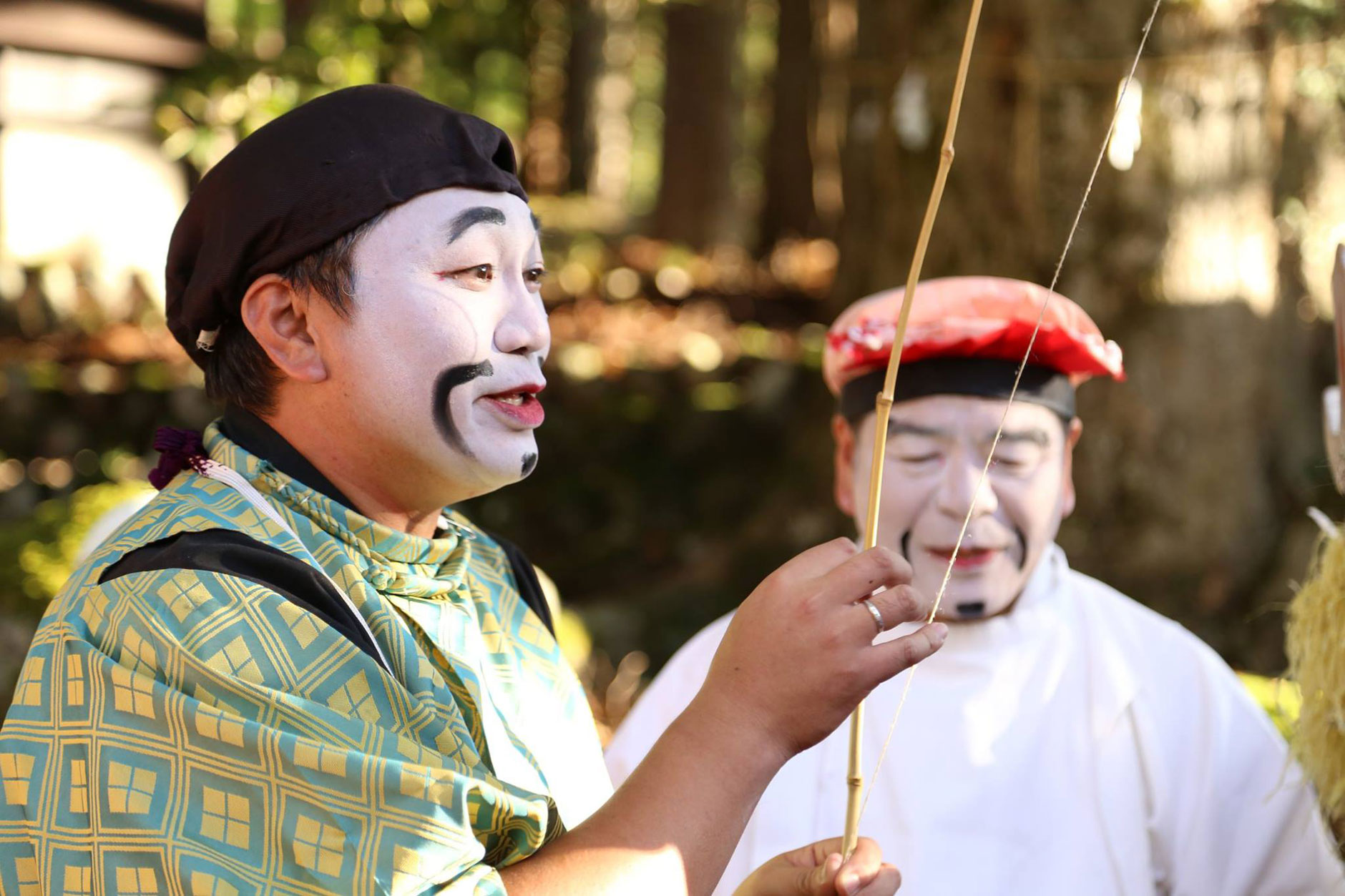
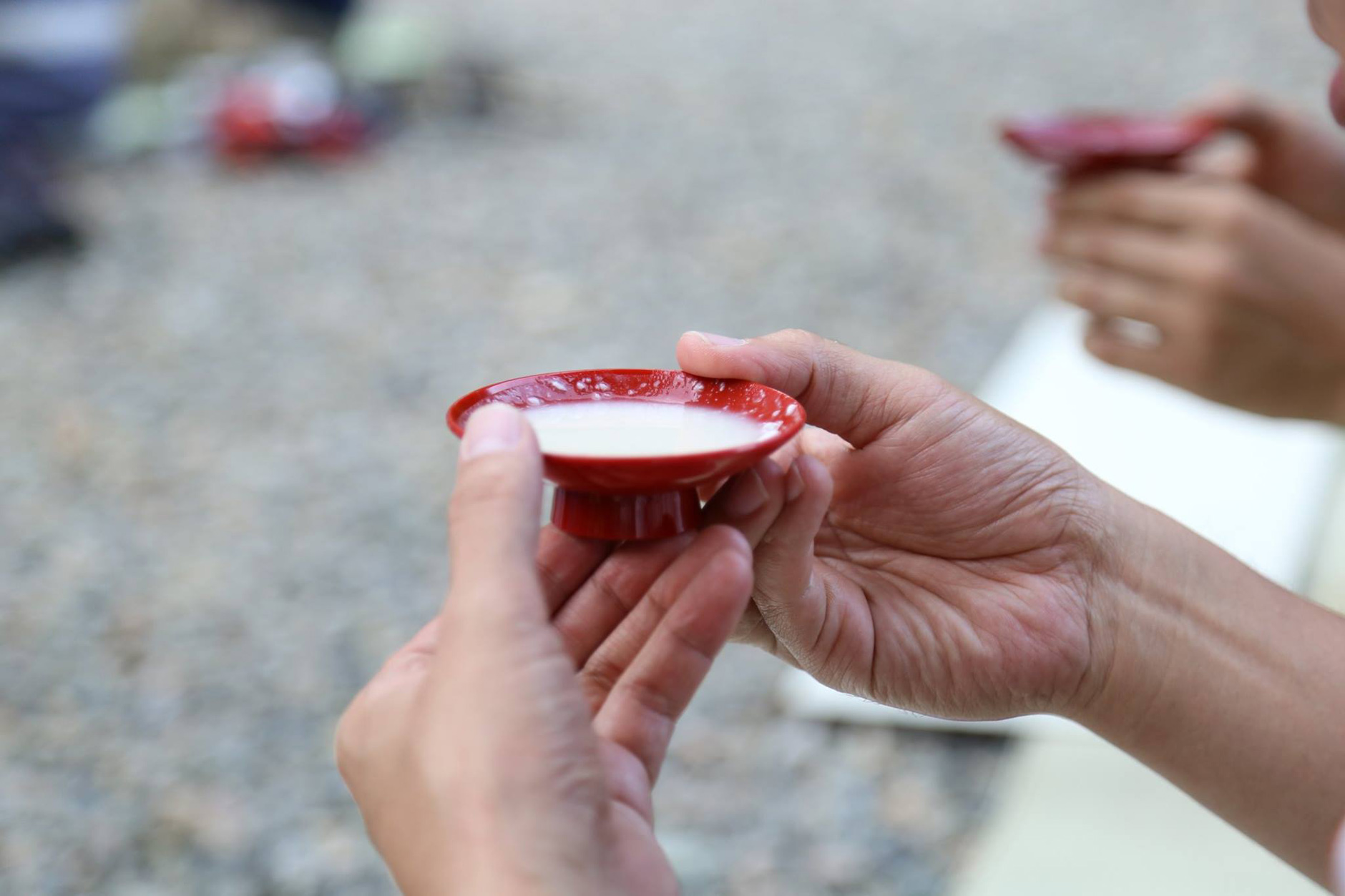
Photo Credit: 白川村通信
Harukoma Dance
n New Year’s Day, the locals dress up as the 7 Gods of Fortune (Shichi-fuku-jin) and Maiko (apprentice geisha) to perform a traditional “happy” folk dance while parading around the farmhouses of
Shirakawa-go.
The Harukoma dance was originally a festival to pray for successful business for the silkworm farmers but nowadays is performed to wish for a large harvest and safety.
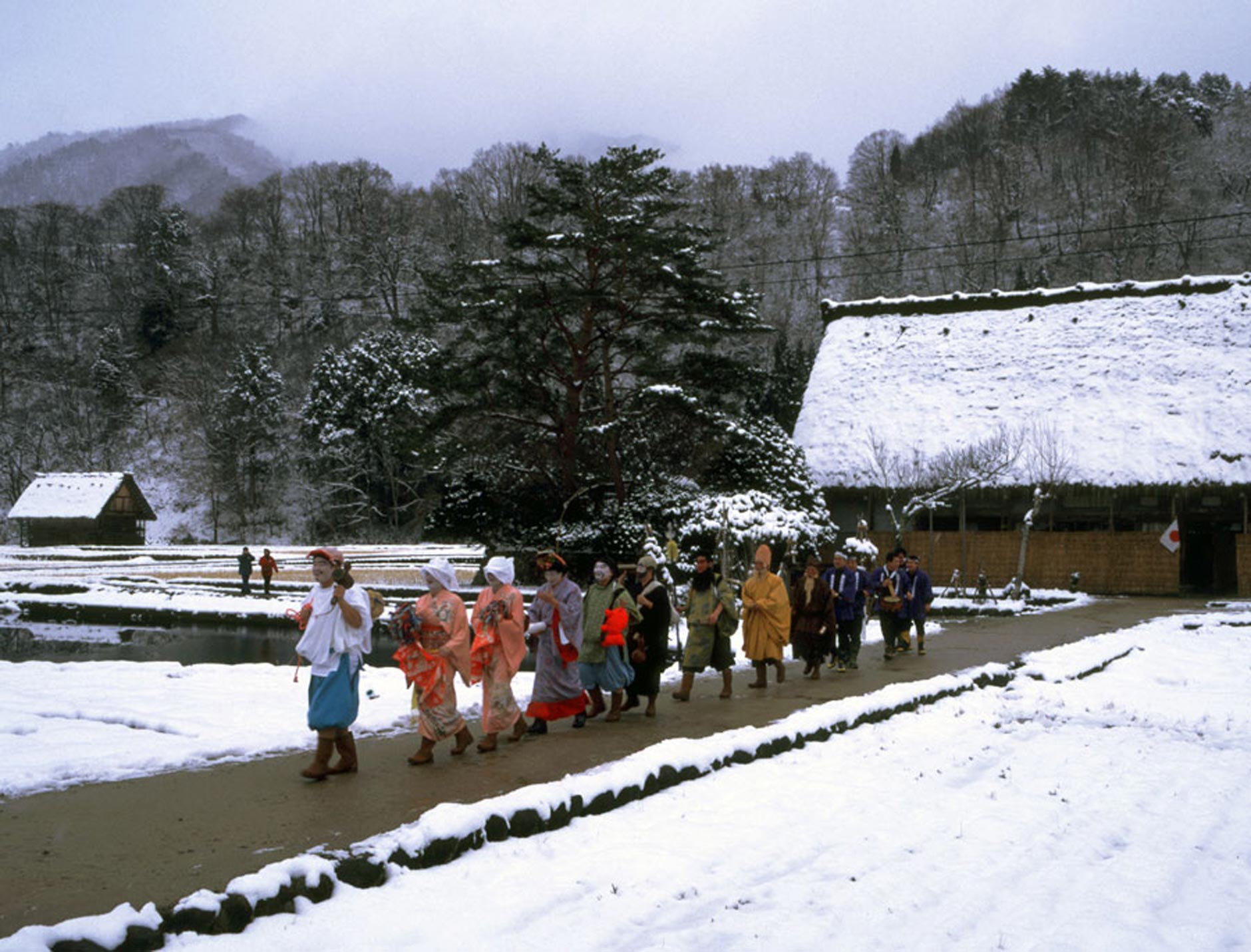
Photo Credit: Shirakawa Village Official Website
Light-up Event in Shirakawa-go
ne of the most famous views of Shirakawa-go is during winter when the village and roofs are covered in a thick blanket of snow.
While snowfall begins from late December until early March, it is the heaviest during the months of January and February and the houses appear to be “buried” by the surrounding deep white snow. In the evenings, the village lights
up the snow-covered farmhouses creating a magical winter scene straight from a fairy-tale.
Proper planning should be done to ensure a comfortable visit during this time as the roads will be blocked during heavy snow and the mountain area becomes incredibly cold during this season.
Where to Eat
nside the Ogimachi area, you can enjoy local countryside food paired with the ambiance of the historical old farmhouses. In fact, there were a few restaurants and eateries on our list which would have been a great experience, unfortunately, finding an open eatery was no easy feat!
We were surprised to find that a majority of the eateries we tried to enter were in fact closed for business, no longer operating or full. We weren’t too sure if the reason for this was to preserve its surroundings as Ogimachi is UNESCO protected but regardless, it was a bit frustrating especially when you are getting hungrier by the minute!
Instead, you will find many small food stands offering street food which we recommend trying like Hida beef croquette and dango.
If you want something more satisfying, you can use our interactive map for our recommended eating spots. We also have some pointers for those trying to find a place to eat in Ogimachi as well:
- Go early! Eating within Ogimachi is popular and many food establishments will be fully packed during the rush hour.
- Many of the restaurants in Ogimachi open late at around 11:00AM and close super early at 3PM. As the last order for food is usually 30-60 minutes before closing time, be sure to keep track of time if you plan to eat at one of these places.
- Since restaurants in Ogimachi are highly desirable places to eat, they also will be quickly filled with tour bus customers and some places will close their food services to the public as they have been booked out by the tour buses.
- In general, you will find more eating options outside Ogimachi. The main places are the Roadside Station Shirakawa-go, Gasshoan, and also along the main street called Hakusan Shirakawa-go White Road going towards the town area
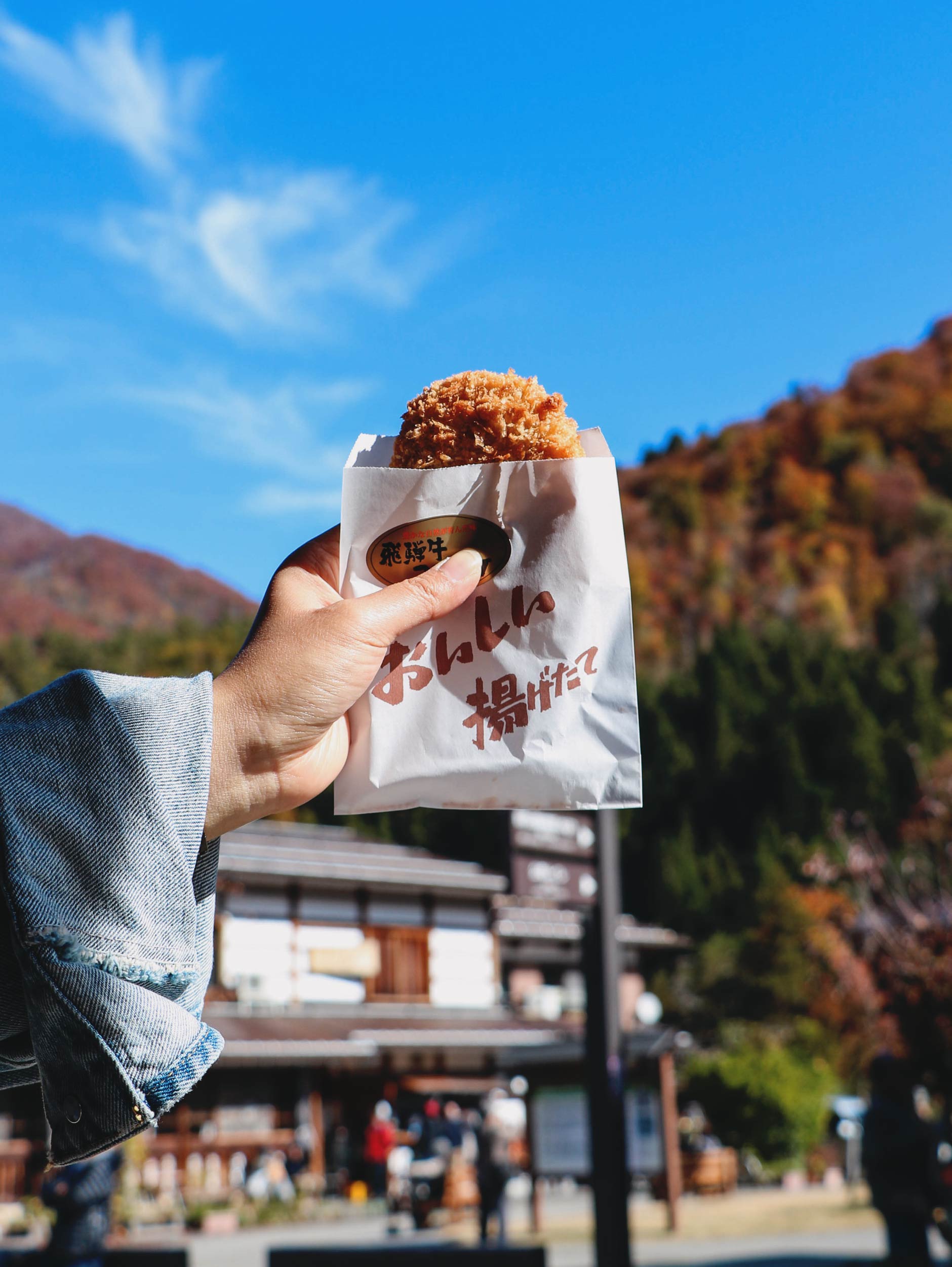
View this post on Instagram
When to Go
ith an abundance of nature around the village, every seasonal change in Shirakawa-go presents a new opportunity to experience the mountain wilderness and examples of rural village life.
For nature lovers, spring and autumn bring a bounty of budding blooms; with cherry blossoms, cosmos flowers, autumn leaves, and pampas grass painting the mountains and the village in gorgeous colours.
Summer turns the scenery into lush blankets of greens and brings good conditions for the hiking season while winter is infamous for its unique snow view of the village.
If you are interested in the traditions of farming life, spring and autumn are the ideal seasons to visit to witness rice planting and rice harvesting first hand.
Spring
Summer
View this post on Instagram
View this post on Instagram
Autumn
Winter
How to Get There
From Takayama by Bus
From Takayama, you can take the express bus using the Nohi Bus, HOKURIKU RAIL ROAD, or Toyama Chiho Railway companies.
It takes about 50 minutes to arrive at Shirakawa-go and will cost ¥2600 one way.
Need a place to stay in Shirakawa-go? Use our handy widget to find the perfect accommodation:



